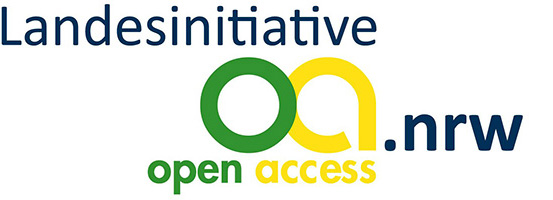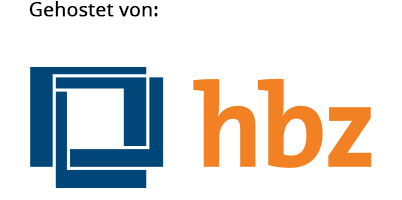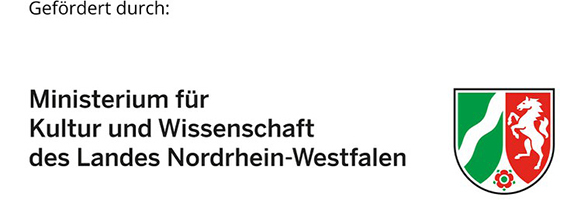Anwendungsszenario des Internet der Dinge am Beispiel von Tragrollenheißläufern bei Gurtförderanlagen
DOI:
https://doi.org/10.2195/lj_Proc_richter_de_201912_01Keywords:
Heißlauf Wälzlager, Instandhaltung, Internet der Dinge, Internet of Things, LoRa WAN, TragrollenüberwachungAbstract
The identification of damaged bearings in idlers of belt conveyors is one important aspect to prevent belt fires. The monitoring of the idlers condition is a challenging task due to the number of idlers and the difficult environmental conditions in industrial and mining operation. However, the increasing degree of digitalisation as well as the trend of decreasing prices for sensors and new data transfer technologies improve the conditions for the realisation of this task. Although several solutions for the idler condition monitoring have been developed and published, there is no solution which is widely used in belt conveyor plants. One reason for this situation are the costs which are connected with the condition monitoring for a large number of idlers. Hence, a new low-cost solution for the identification of damaged idler bearings was developed by the German idler manufacturer Artur Küpper GmbH & Co. KG and the Chair of Material Handling at the University of Magdeburg. The concept is based on the collective analysis of the idlers bearing temperature and uses long range but low energy wireless technology to transmit data. The paper will give an overview about the design of the sensing idler technology as well as about the challenges in developing a robust sensor network for large-scale conveyor systems using Long Range Wide Area Network (LoRa WAN) techniques. Furthermore, the application of the analysis method is presented.Downloads
Published
2019-12-20
How to Cite
Richter, C., Fessel, K., Katterfeld, A., & Chumachenko, Y. (2019). Anwendungsszenario des Internet der Dinge am Beispiel von Tragrollenheißläufern bei Gurtförderanlagen. Logistics Journal: Proceedings, (15). https://doi.org/10.2195/lj_Proc_richter_de_201912_01
Issue
Section
Artikel








